一、课程主要内容
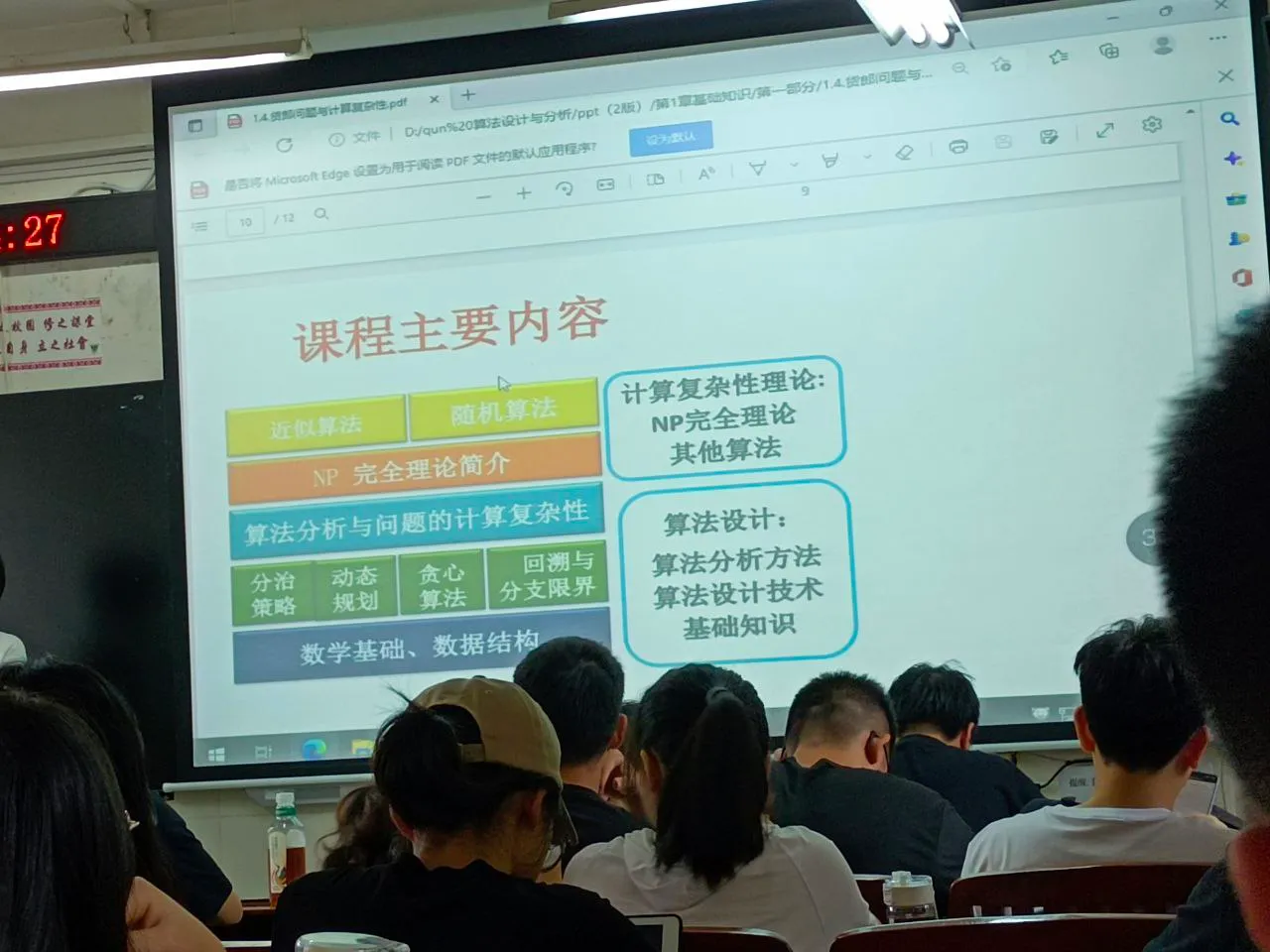
二、本节课的主要内容
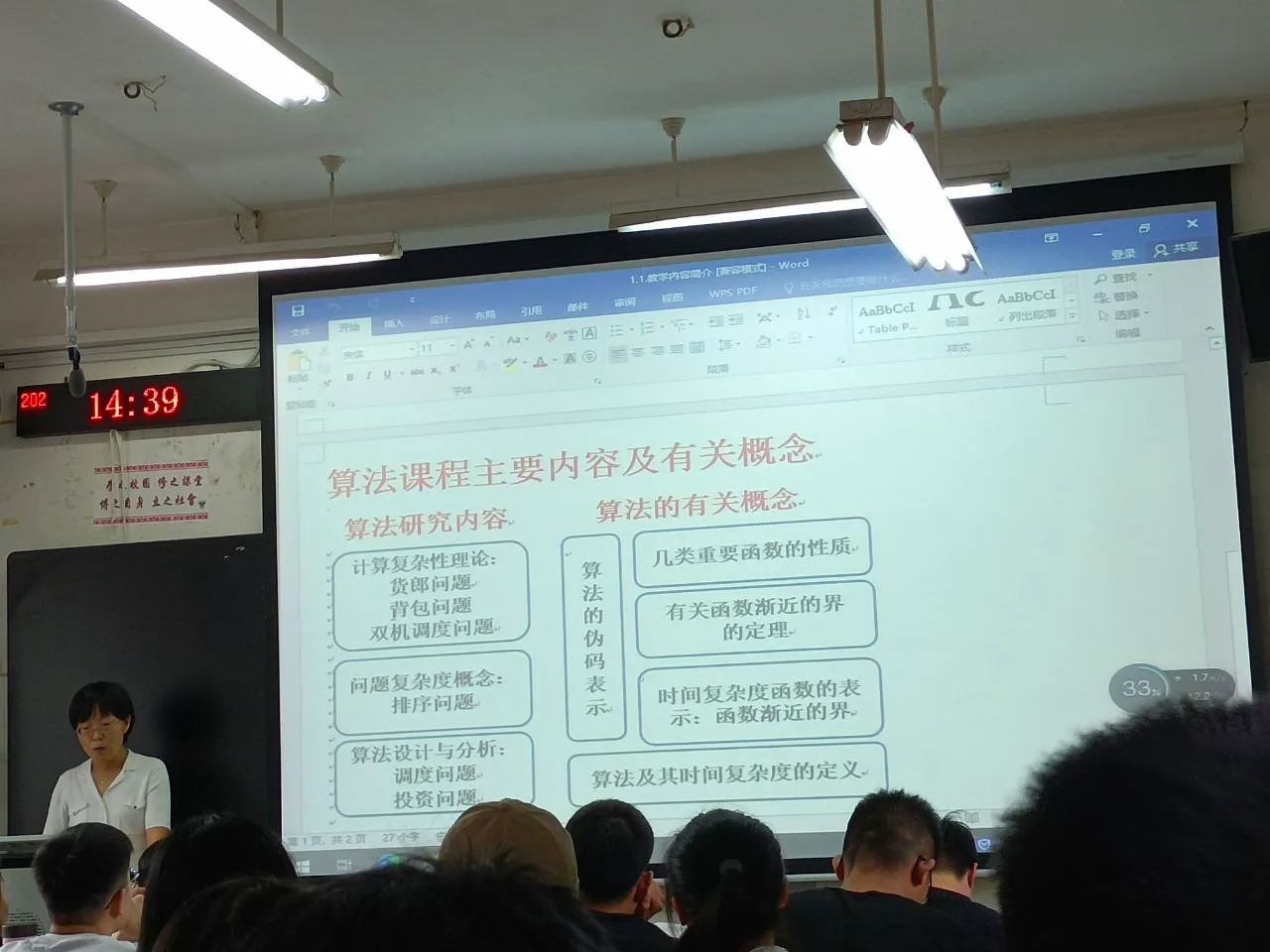
三、算法设计的要点
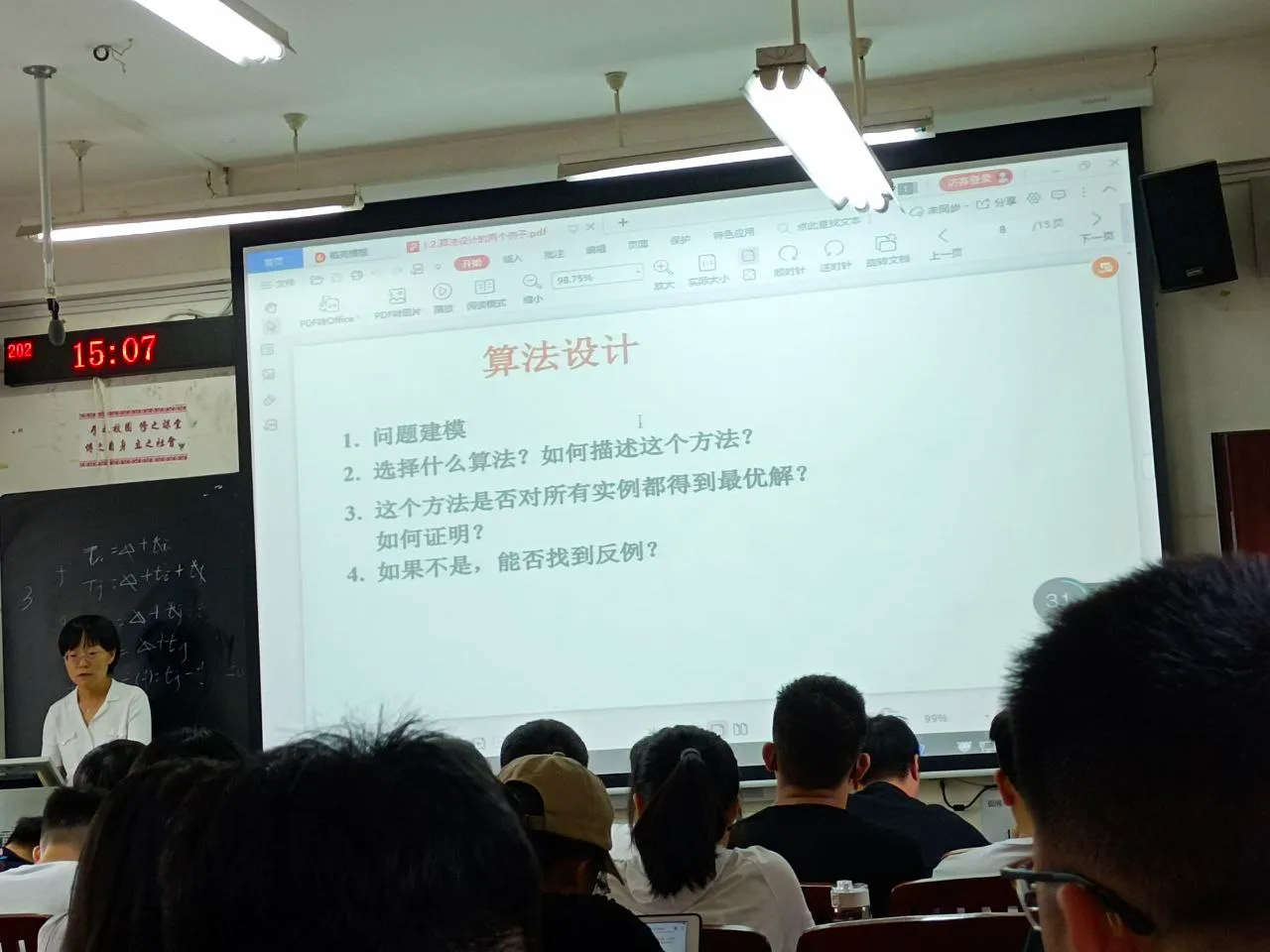
四、本节课涉及的问题
-
货郎问题
-
0-1背包问题
-
双机调度问题
-
NP-hard问题
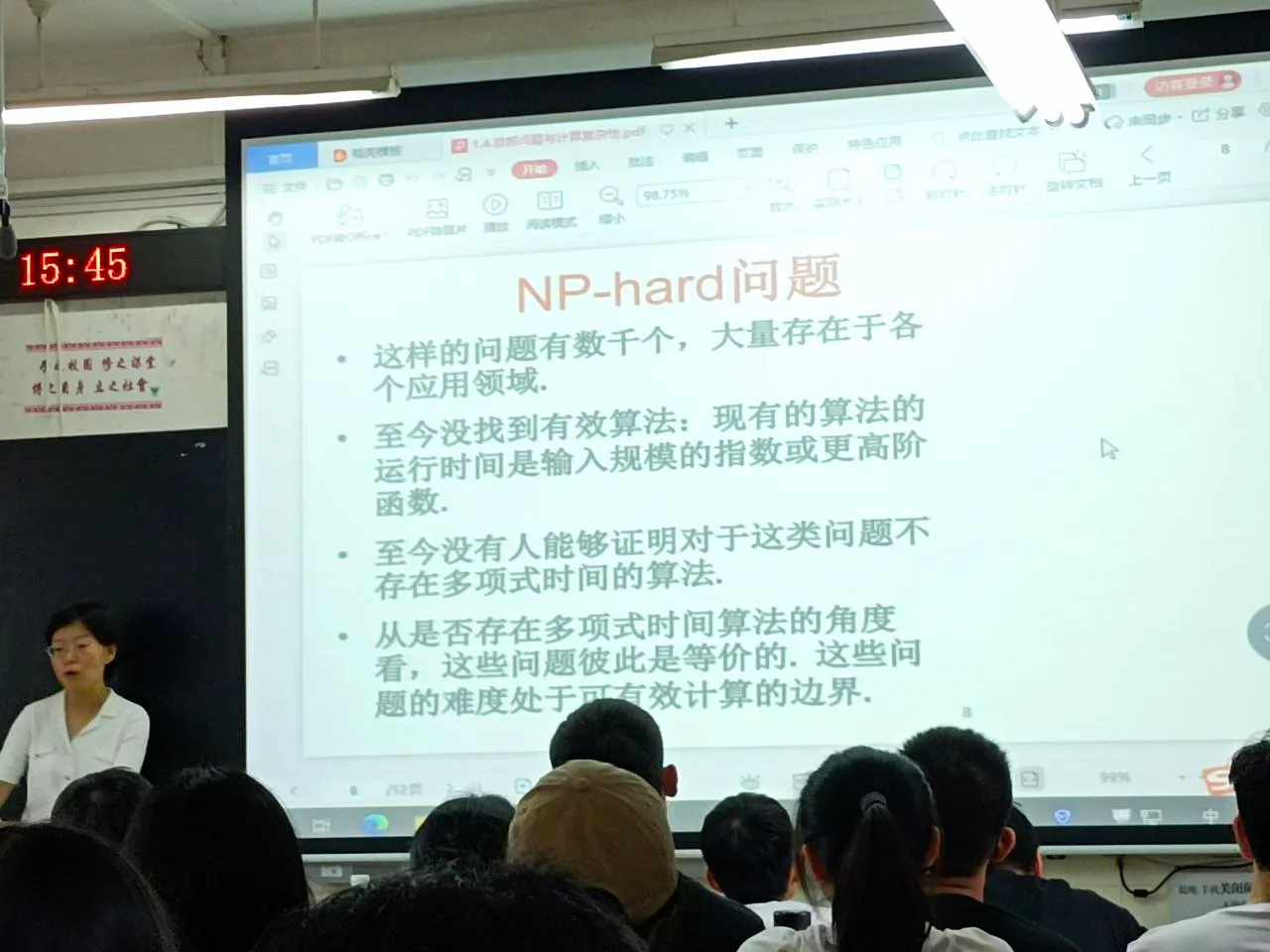
- .......
五、货郎问题
注:课后作业要用到。
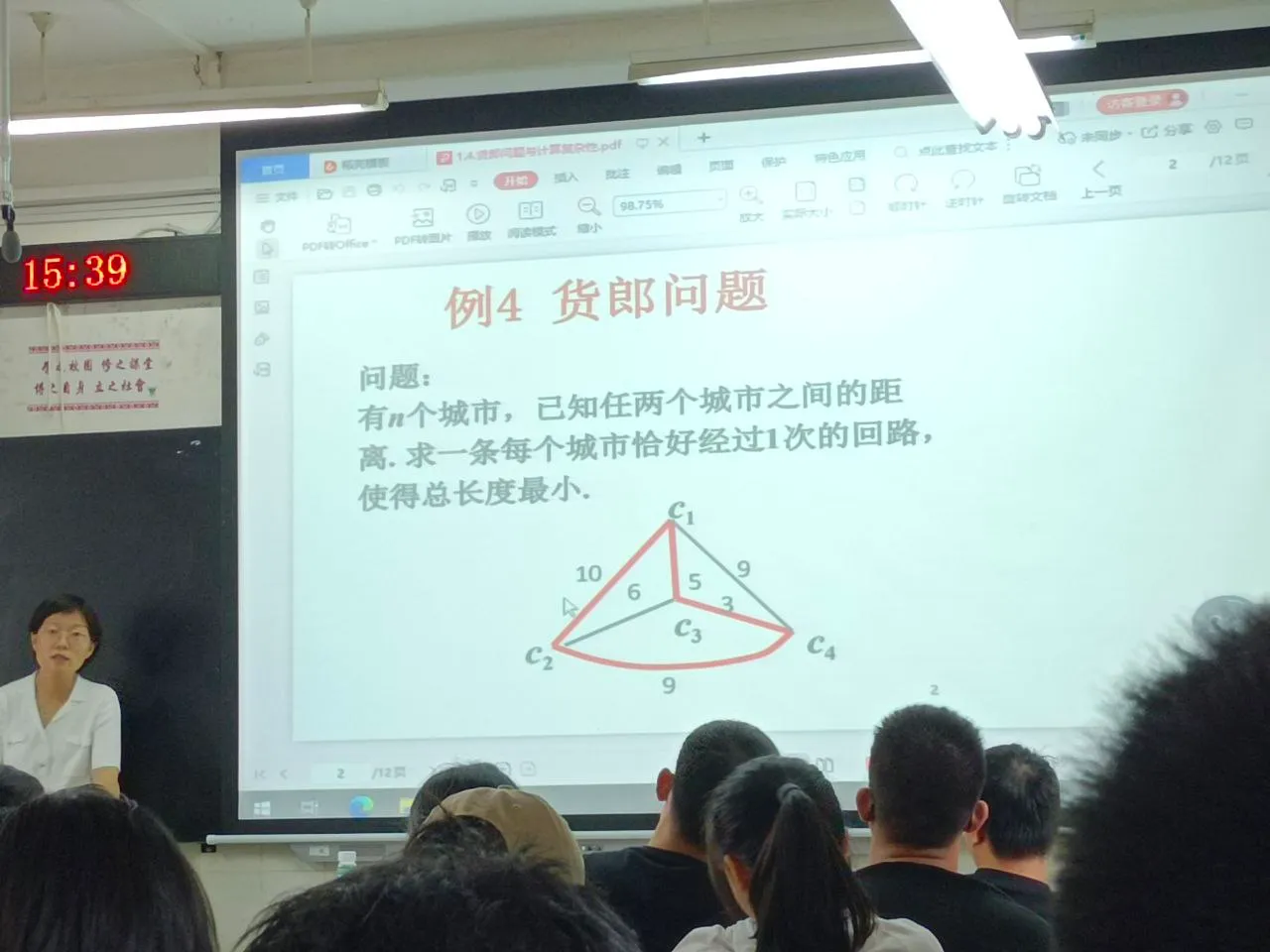
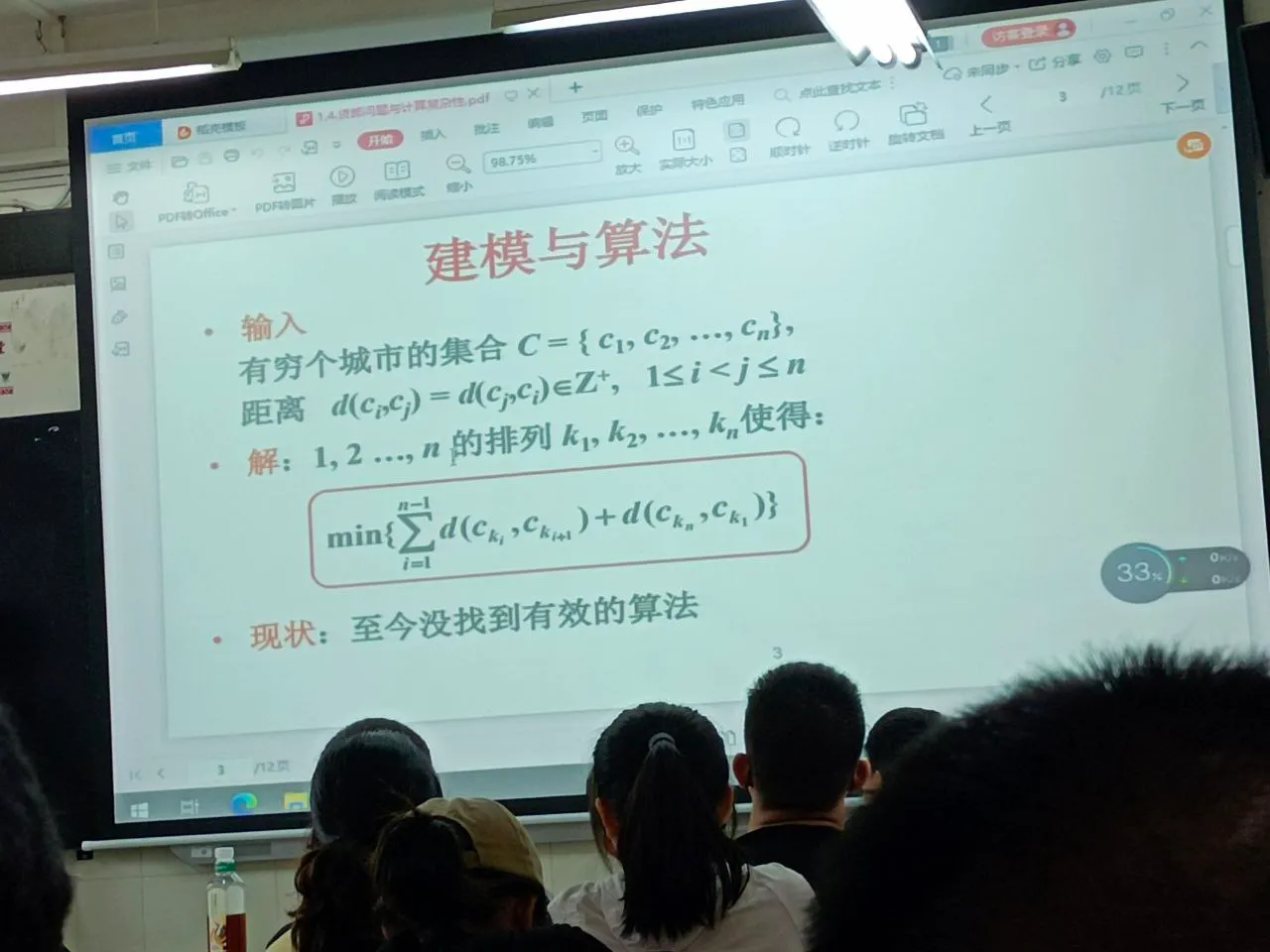
六:算法的两种时间复杂度
最坏时间复杂度和平均时间复杂度。
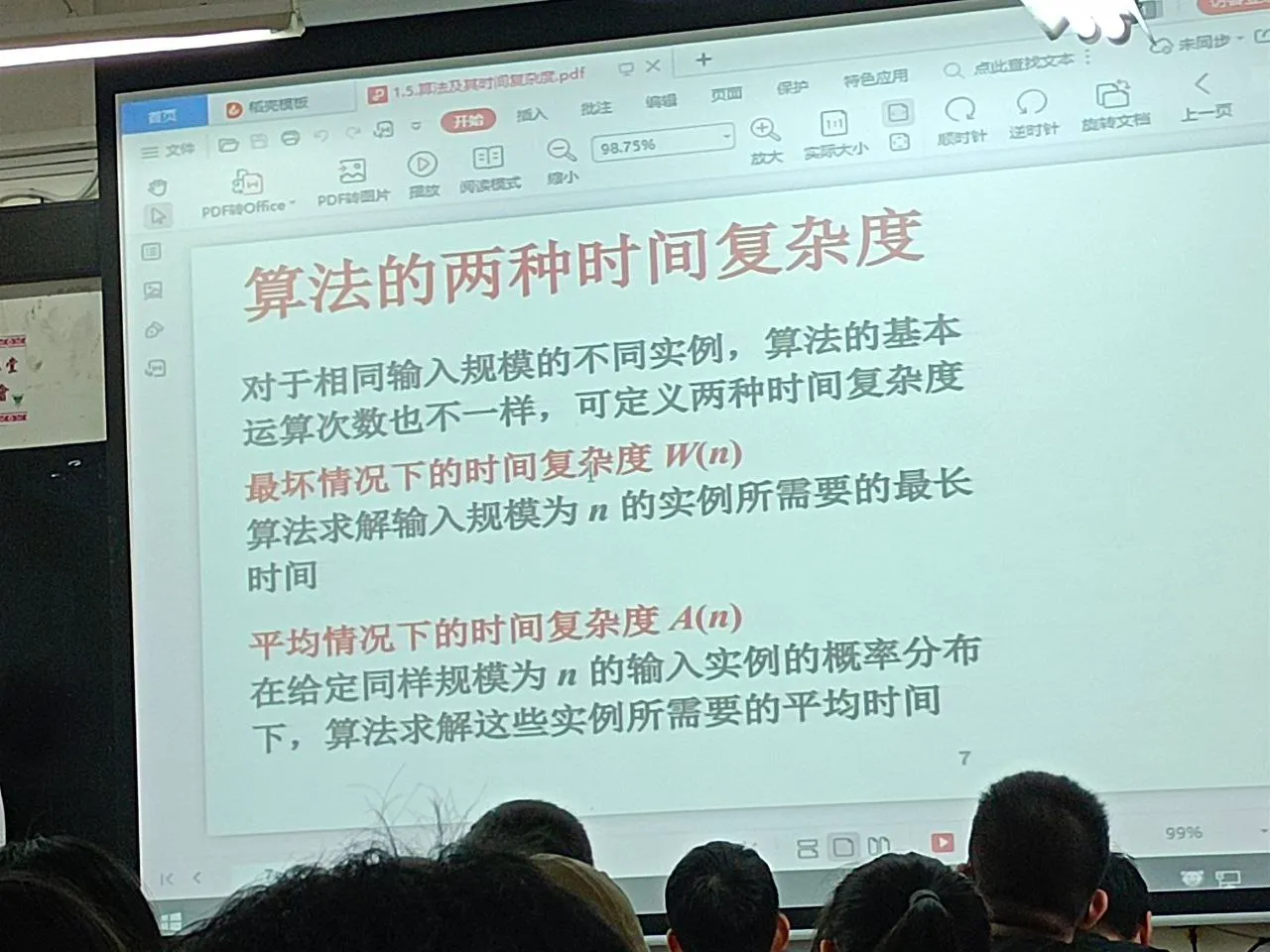
七、算法的伪代码描述
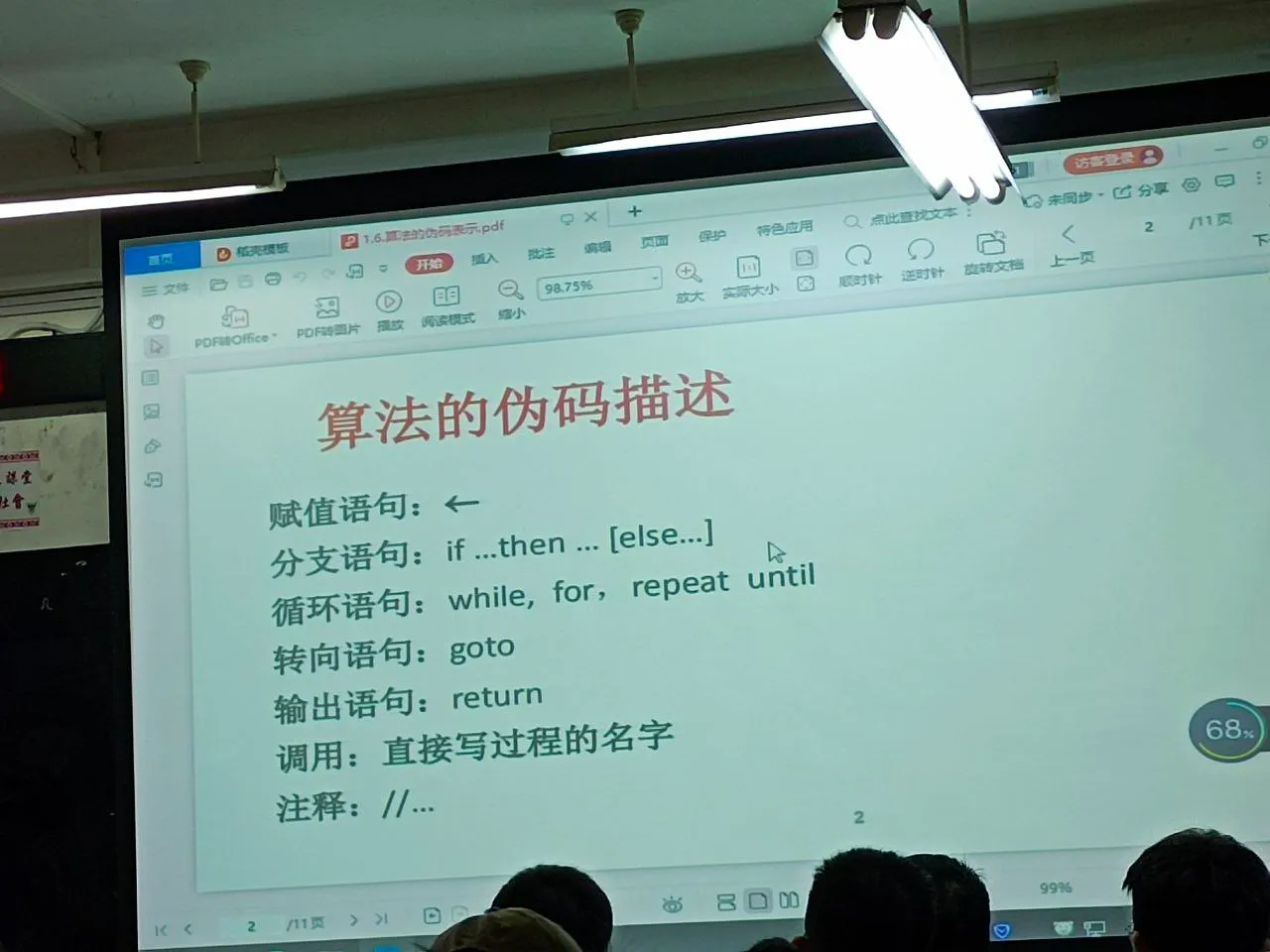
八、函数的渐近的界
- 大O符号(描述一个函数的“上界”)
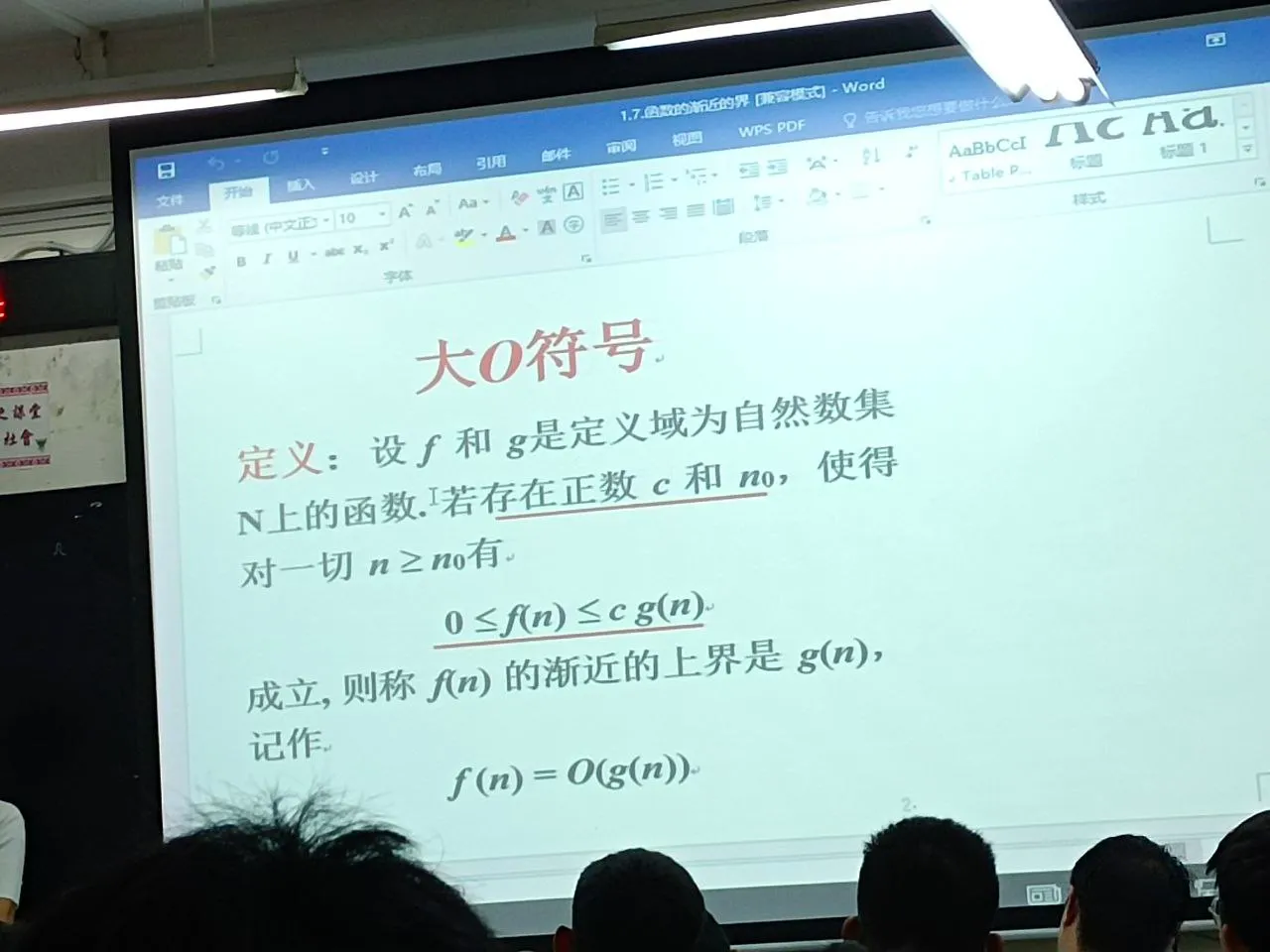
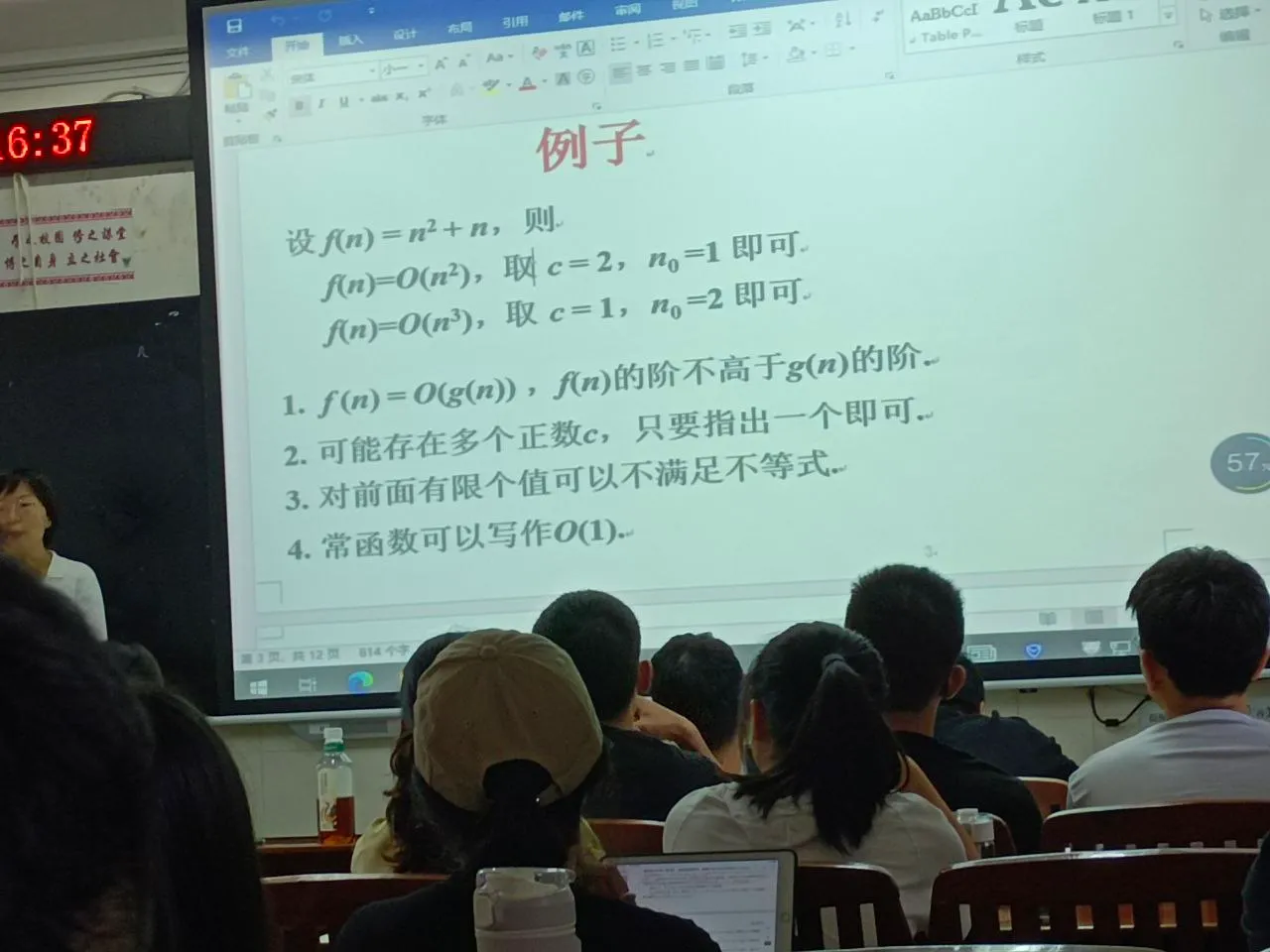
- Ω符号(描述一个函数的“下界”)
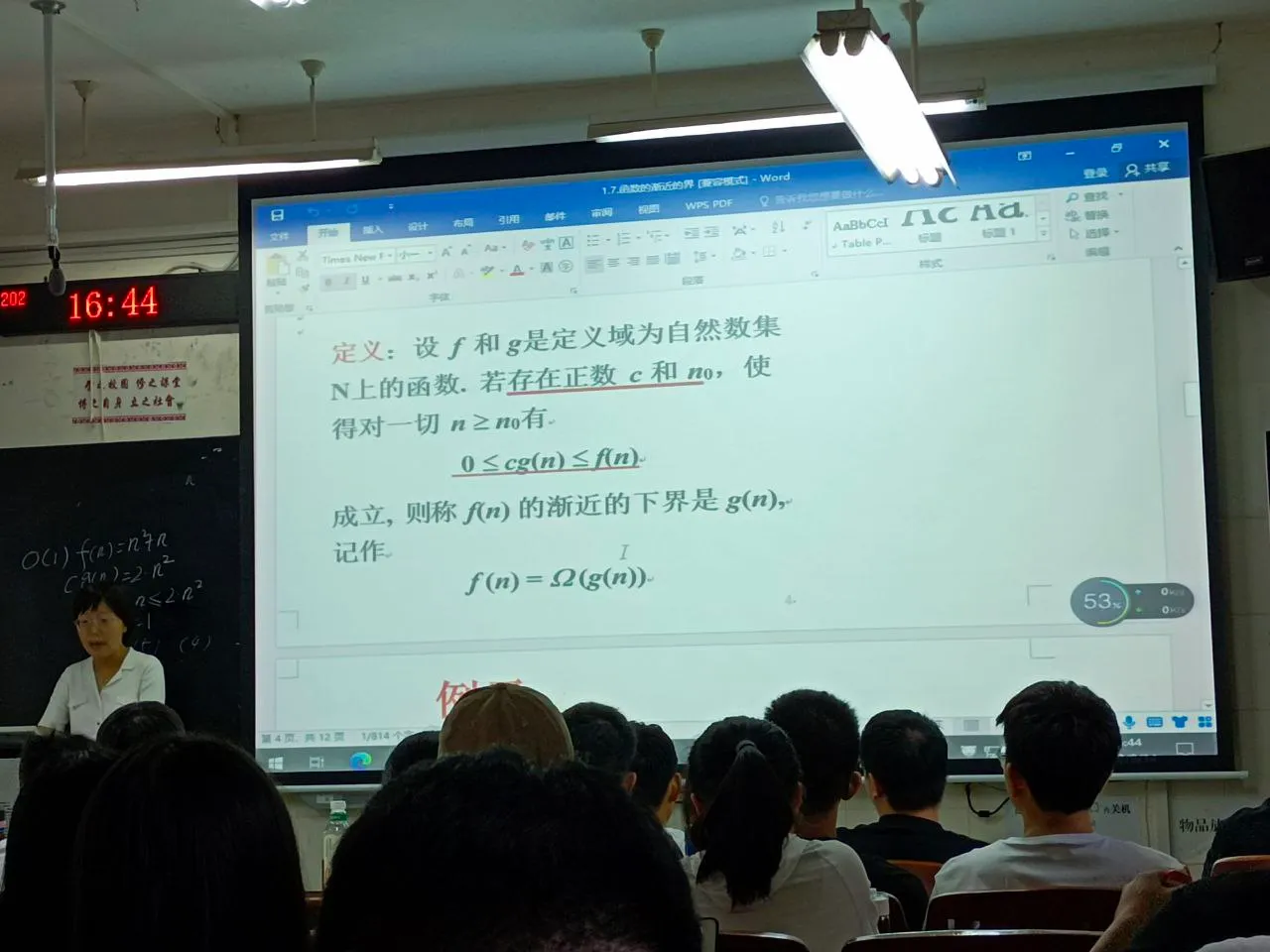
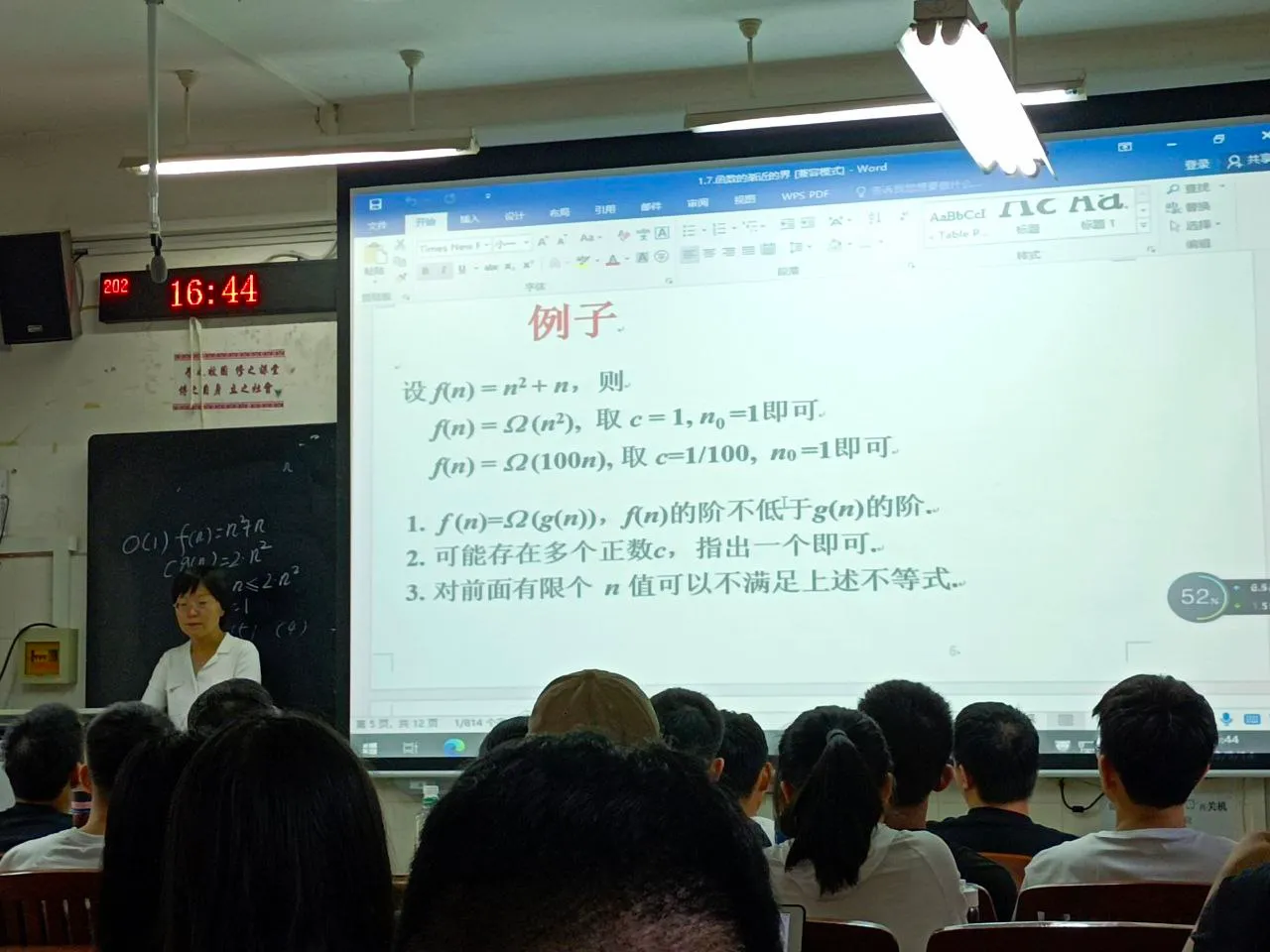
- 小o符号(描述一个更“严格”的上界)

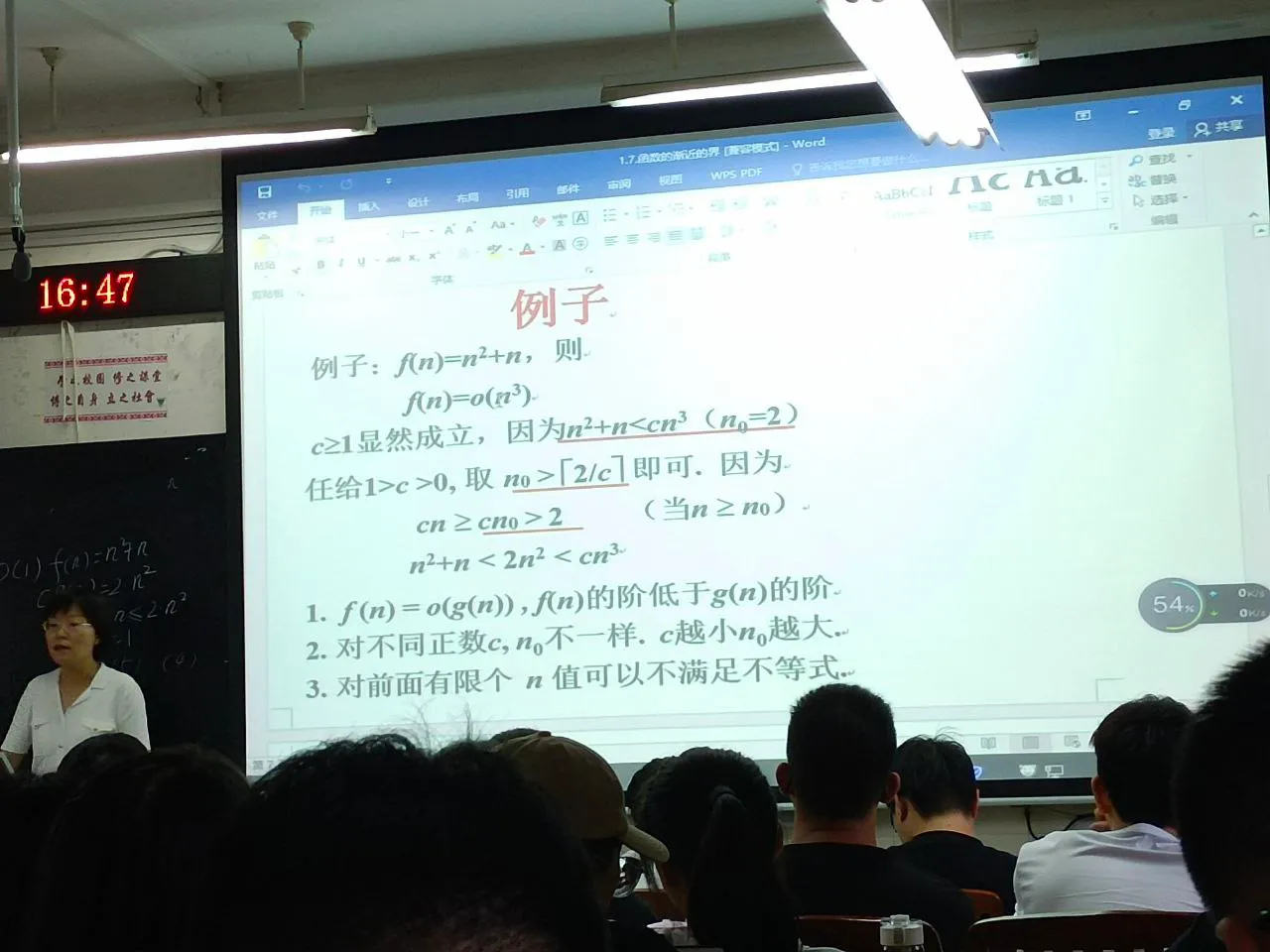
- 小w符号(描述一个更“严格”的下界)
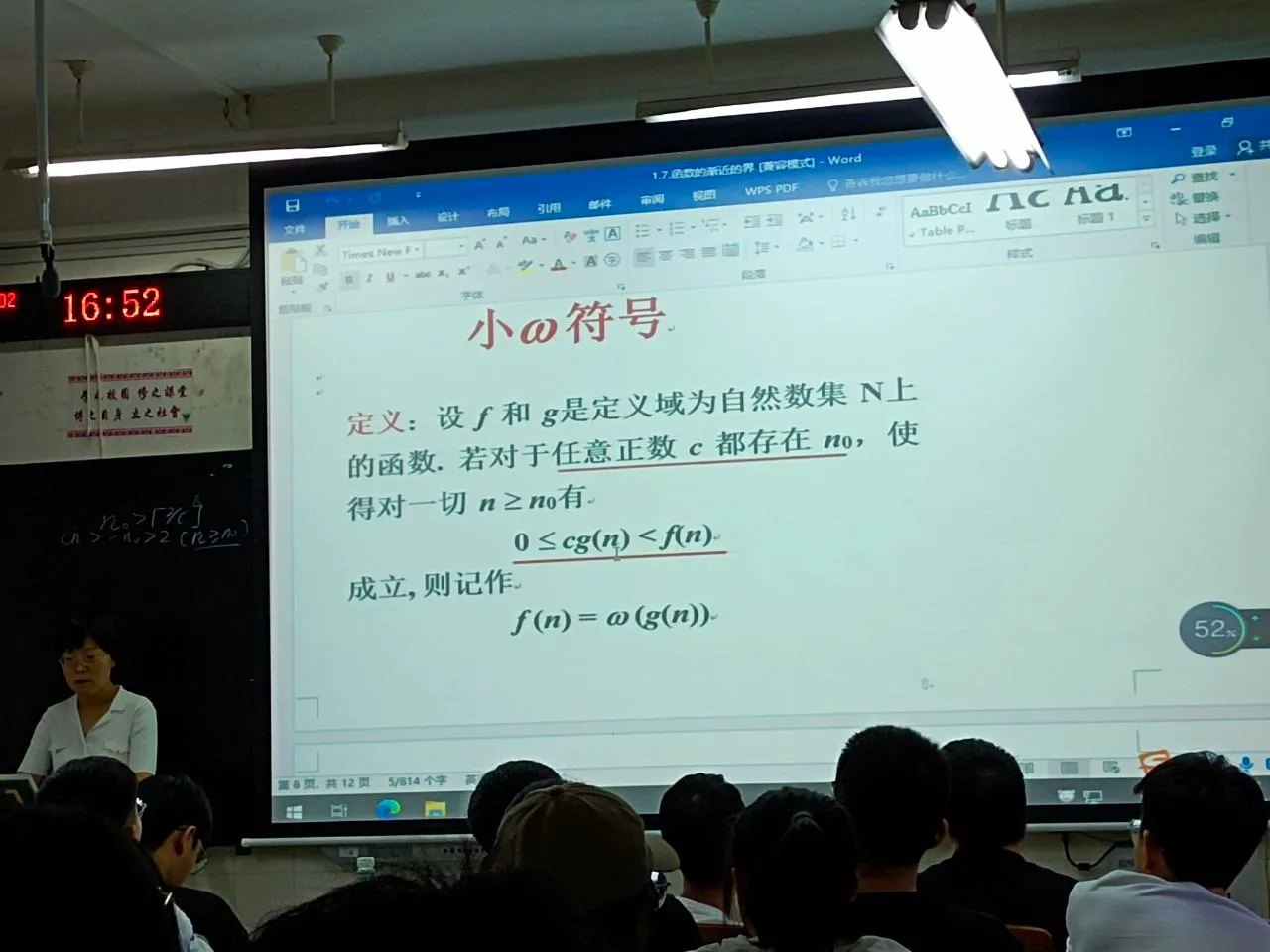
课后作业
用python或java简单实现货郎问题(TSP,Traveling Salesman Problem)。
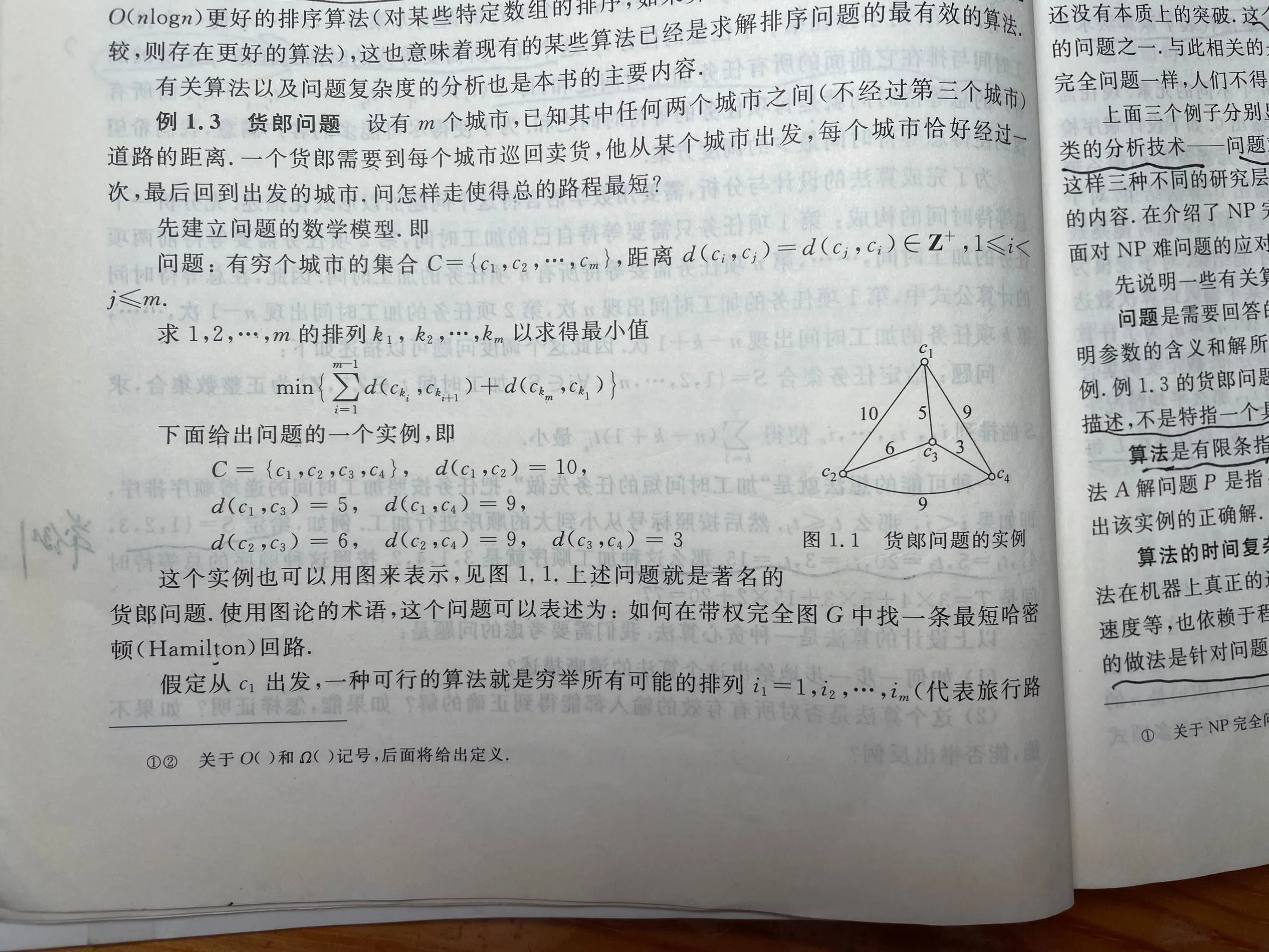
from itertools import permutations # 导入排列函数
# 定义城市和它们之间的距离
cities = ["c1", "c2", "c3", "c4"]
distances = {
("c1", "c2"): 10,
("c1", "c3"): 5,
("c1", "c4"): 9,
("c2", "c3"): 6,
("c2", "c4"): 9,
("c3", "c4"): 3,
}
# 函数:计算给定路径的总距离
def calculate_distance(path, distances):
total_distance = 0 # 初始化总距离为0
for i in range(len(path) - 1): # 遍历路径中的每一对相邻城市
# 使用get方法从字典中提取城市对的距离,如果没有则尝试反向城市对
total_distance += distances.get(
(path[i], path[i + 1]), distances.get((path[i + 1], path[i]), 0)
)
return total_distance # 返回总距离
# 生成所有可能的路径(排列)
all_paths = list(permutations(cities))
# print(all_paths)
# print(len(all_paths))
# 寻找具有最小距离的路径
min_distance = float("inf") # 初始化最小距离为无穷大
min_path = None # 初始化最短路径为None
# 遍历所有可能的路径
for path in all_paths:
path_with_return = path + (path[0],) # 在路径末尾添加起始城市,形成一个回路
distance = calculate_distance(path_with_return, distances) # 计算回路的总距离
if distance < min_distance: # 如果找到更短的路径,则更新最小距离和最短路径
min_distance = distance
min_path = path_with_return
# 输出最短路径和其总距离
print(min_path, min_distance)
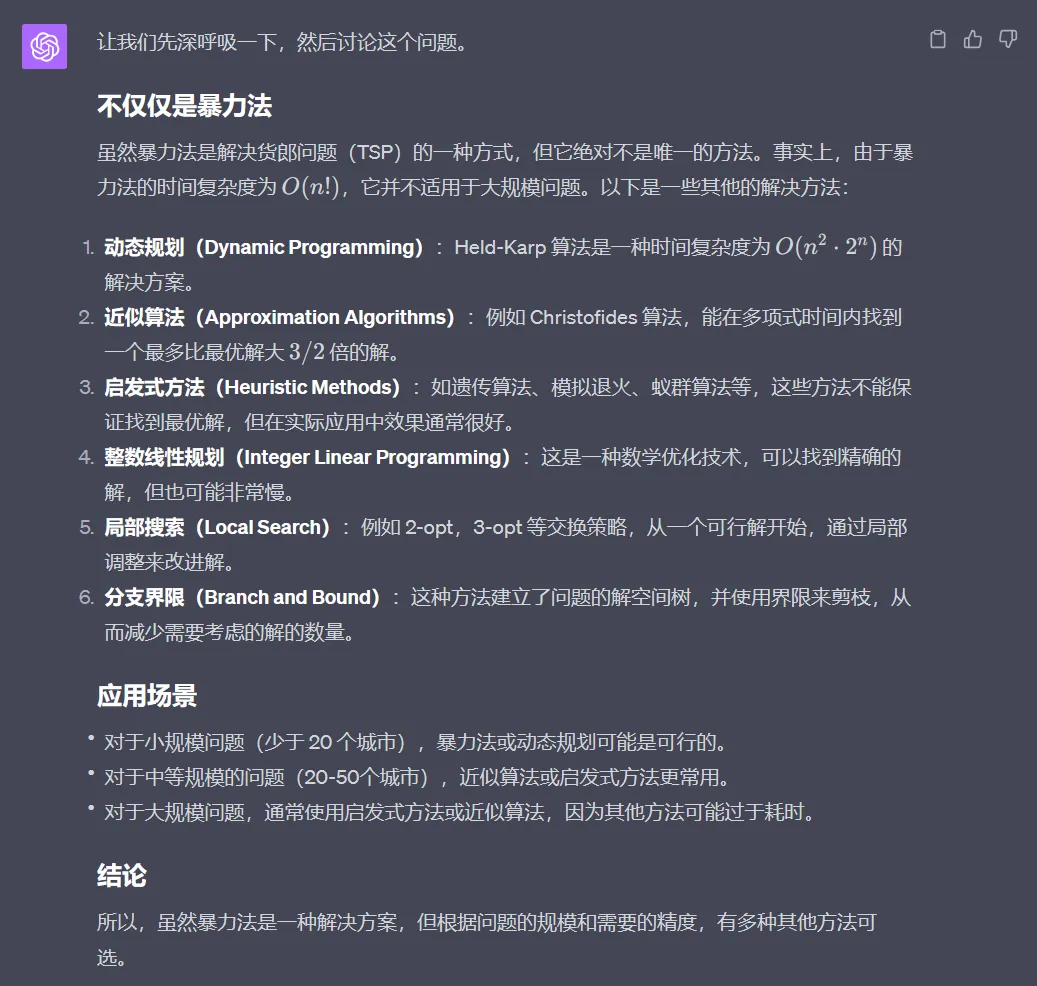
九、补充
教材—算法设计与分析(第2版)